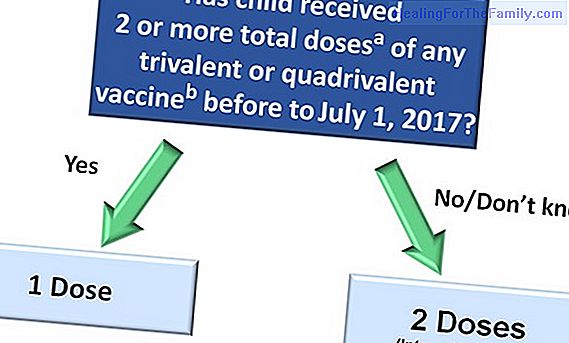Positive reinforcement in the education of children
In the way of education we sometimes find flat and pleasant stretches and, at other times, they are uphill, paved and somewhat tortuous. To reduce obstacles we must know the strategies most used in the educational psychology of the XXI century, one of the most powerful is undoubtedly Ref the Positiv
In the way of education we sometimes find flat and pleasant stretches and, at other times, they are uphill, paved and somewhat tortuous. To reduce obstacles we must know the strategies most used in the educational psychology of the XXI century, one of the most powerful is undoubtedly Ref the Positive Reinforcement .Positive reinforcement consists of offering the child a pleasant stimulus each time the child emits an adequate response, thus tending to repeat it to a greater extent. For example, we offer you a smile and flattery after ordering your room, we give you an ice cream if you have behaved well all afternoon in the grandparents' house, we allow you to watch TV if you have done your homework ...
6 keys to use reinforcements positive in the education of children
In order to use the

Positive Reinforcement in an appropriate way and achieve the best results, we must take into account the following basic guidelines: Para 1. For positive reinforcement to be effective it must be explained to the child before he performs the desired behavior and in positive terms. That is to say, we are not going to say 'As you do not do homework, there is no TV this afternoon'. If not we will sit in front of him, at a time when we can talk quietly, making sure he listens to us and we will say: 'From now on, as long as you do the duties planned for that afternoon, you will be able to watch TV'. 2. We have to be very specific in what the child is going to achieve: at what time and for how long. That does not lead to misunderstandings, nor to attempts at negotiation. For example, 'You can watch TV for 20 min. after dinner'.
3. Positive reinforcement should be applied in the short term. That is, the pleasant stimulus for the child should be applied right after the desired behavior. If the desired behavior is to study every day and the stimulus we offer is a trip in summer, the child does not have enough capacity to maintain the desired behavior every day for that long-term motivating stimulus. The closer it is in time, the more efficiency we will achieve.
4. Adjusted reinforcement to the desired behavior, which is coherent and fair.
5. Pleasant for the child. If we want to achieve an important change must have a high dose of motivation for him, we must think what is what he likes in his day to day. Sometimes we do not realize that what our children like best is to spend pleasant time with us, playing a board game, taking a walk, eating an ice cream together ...
6. Of course, we must be consistent. Whenever the child issues the behavior must be followed by the reinforcement provided. If we consider that we are not going to be consistent with this stimulus, it is preferable that it not start, because when we lose credibility it is very difficult to achieve the following objectives.
Regardless of the proper application of reinforcements, these strategies should always be accompanied by unconditional love. We do not stop loving them because they have done something that we think is inappropriate and, thus, we must transmit it to them. Otherwise, we could damage self-confidence, self-esteem and ultimately generate emotional instability.
Why use positive reinforcement with children
Traditionally in our society, punishment has been used to achieve the proper education of children. However, the continued punishment is not always effective because it demands the attention of the parents towards the children and sometimes it is what the children themselves seek. In addition, they visualize it as an external imposition and can even damage self-esteem.
It is preferable,
to use positive reinforcement accompanied by extinction
, I will not attend to those 'attention calls' in negative that I want them to disappear. Thus, little by little, I will develop strategies to achieve my positive attention. When parents learn to use positive reinforcement and extinction, coupled with unconditional love and very little use of punishment (only when the child's performance is severe and mismatched enough), children begin to repeat appropriate responses internally and begin to feel better with this change because their relationships with others and with themselves also improve.
Lucía Boto Pérez

Psychologist
Álava Reyes Psychology Center












